Come along as I repair and review the Pioneer SA-8900II, one of the most visually and sonically beautiful amplifiers I’ve had the pleasure of working on.
Welcome back everyone and my sincere thanks for your patience as I’ve worked through hundreds of repairs and been hanging out to write about more wonderful classic hi-fi equipment. I found a good one here in the drop-dead gorgeous Pioneer SA-8900II integrated amplifier though, so I hope you enjoy it 😊
Spoiler alert: The SA-8900II is one of the best-sounding integrated amplifiers I’ve heard, and regulars will know I’ve heard and worked on most of the great integrated amplifiers from the golden era.
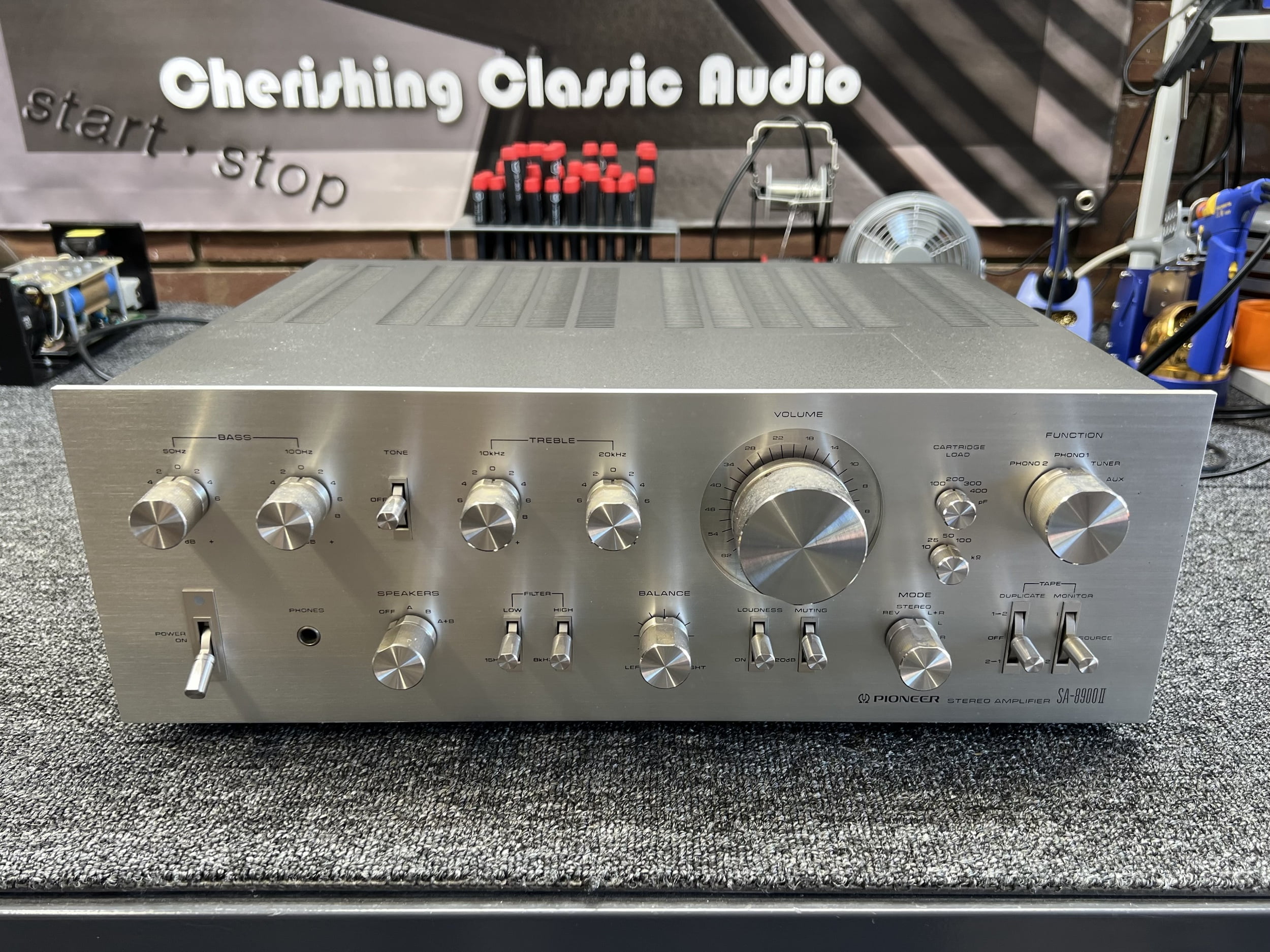
There are really only a few series of hi-fi equipment that I get really excited about and this series of silver Pioneer gear from the late ’70s is most definitely one of them. There’s just something about the lack of artifice or pretence and the ‘let’s get down to business’ feel of the gear that I like. Equipment like the Pioneer Spec 2, Pioneer SA-9800, Pioneer SX-1250 and Pioneer CT-F1250 really does put a smile on my face, and yours too I hope!
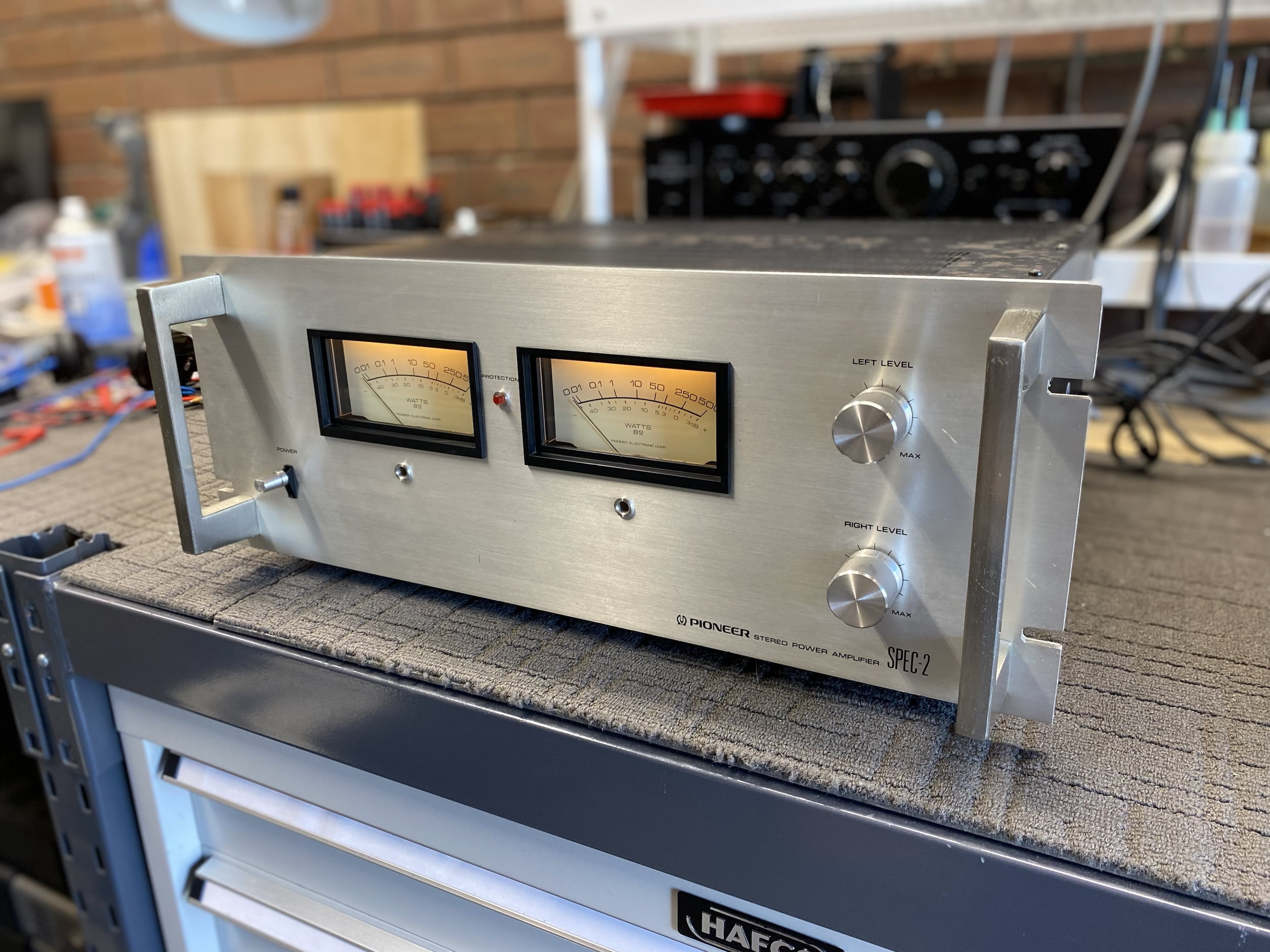
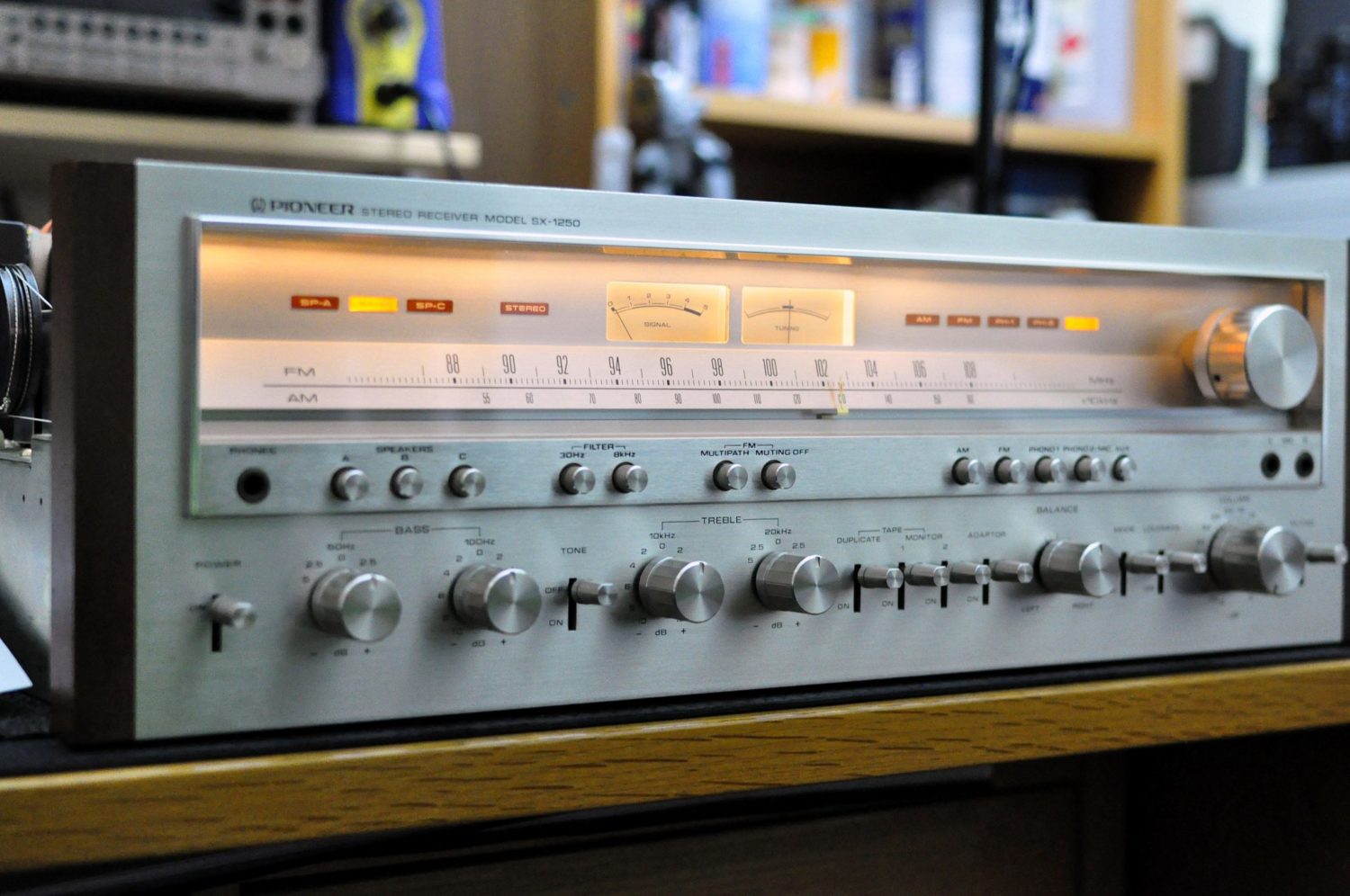
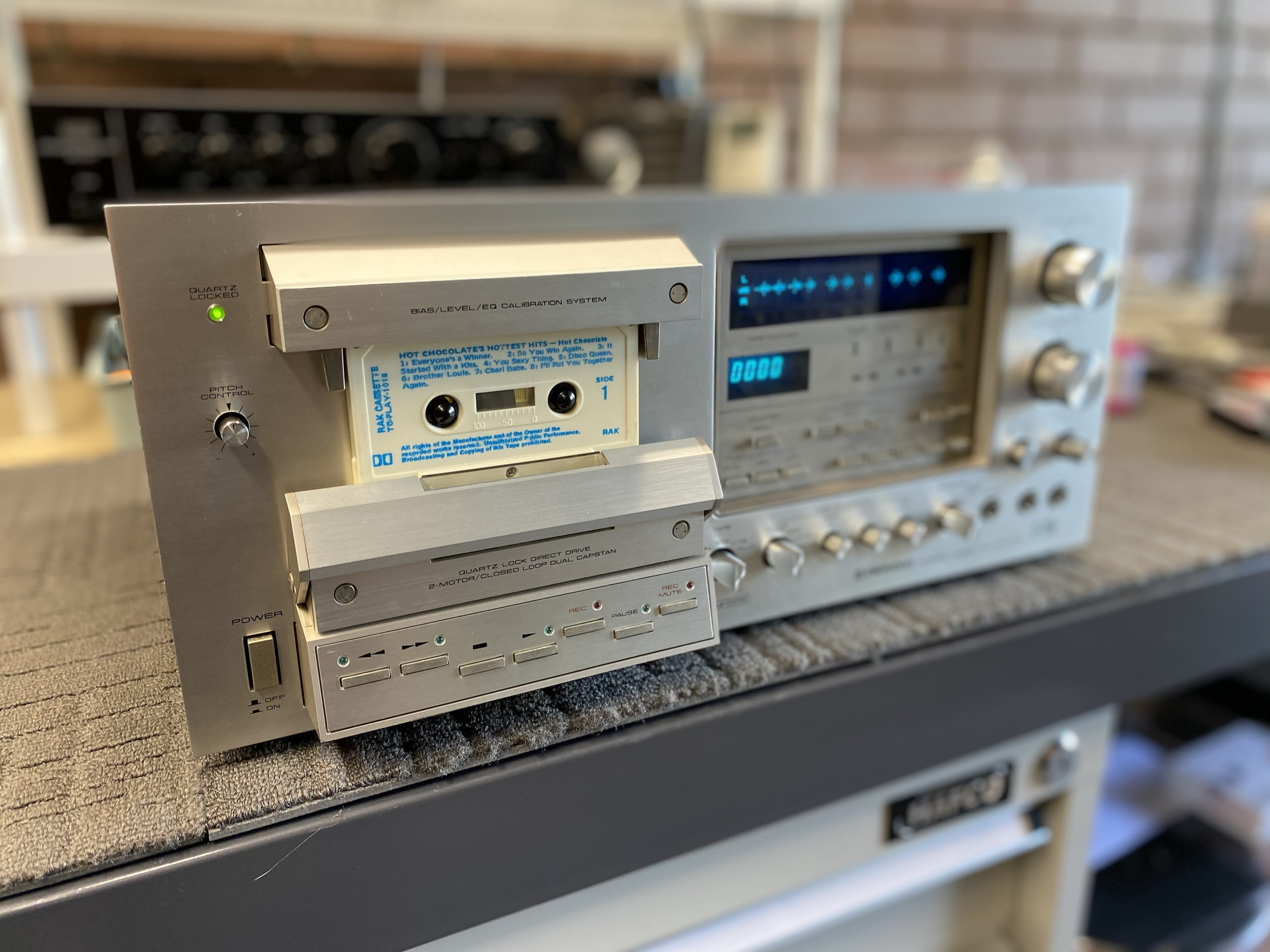
I grew up with Pioneer hi-fi equipment. My late Dad owned a wonderful but modest Pioneer hi-fi from 1970 and that’s the system I started on, recording many cassette tapes whilst listening to my favourite tunes on 96FM, probably to DJ and Liquid Audio customer Steve Gordon! I played records on Dad’s PL-12 and pulled the whole system to pieces whilst Mum and Dad were out. Sorry guys!
Features
The beautiful Pioneer SA-8900II is a Japanese market-only amplifier, but it can be found elsewhere in the world as the Pioneer SA-9500II. Hopefully that helps if you like what you see here.
Less well-known than her more famous Pioneer SA-9800 brother, the SA-8900II is nevertheless typical of high-quality Japanese amplifiers from the mid to late ’70s. By that, I mean it is superbly well-built, generously appointed in terms of features and specifications and really performs flawlessly in its intended role.
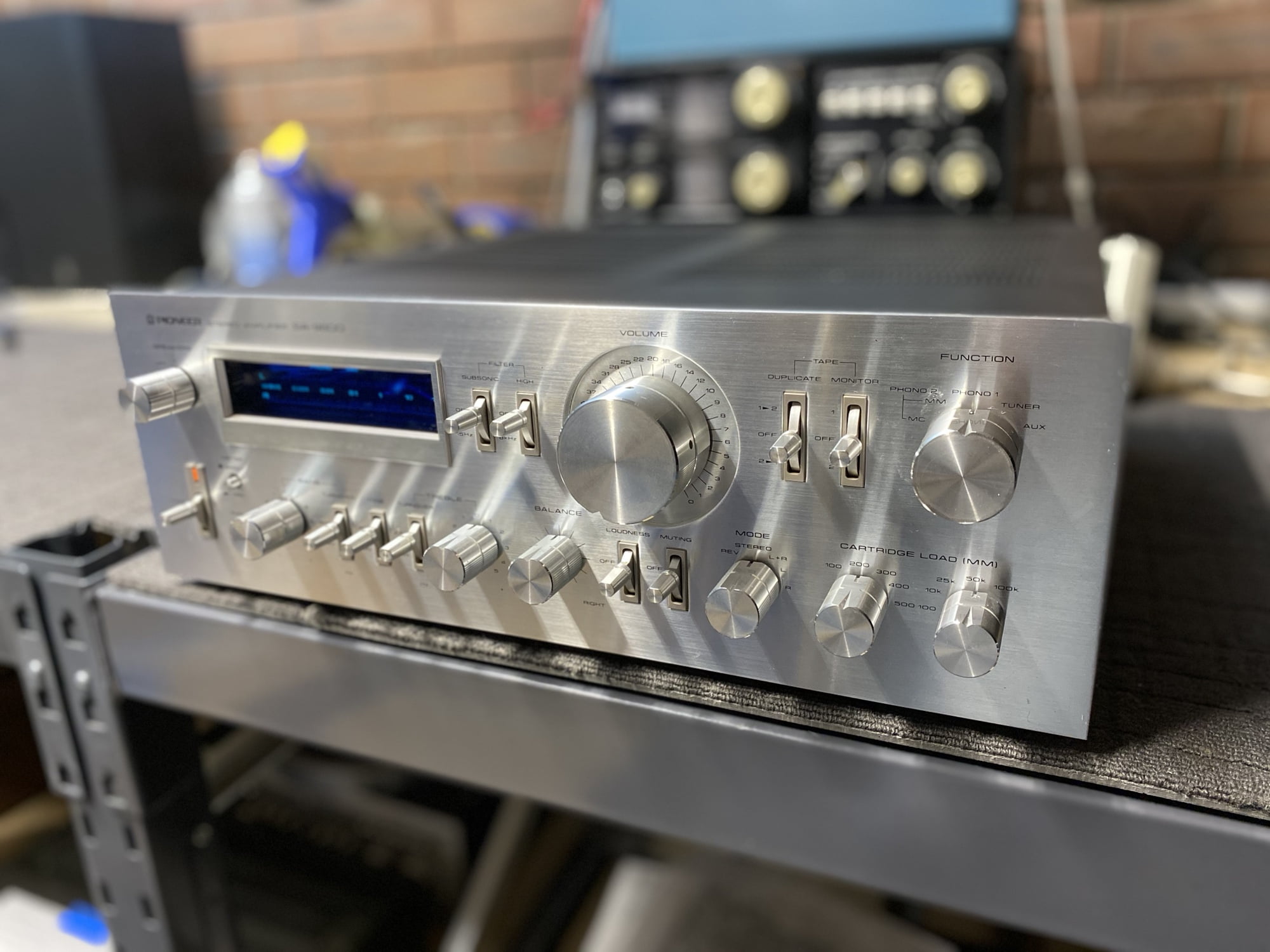
Some of my favourite features of the Pioneer SA-8900II are the superb headphone amplifier, fully adjustable capacitive and resistive loadings for the two phono inputs, discrete phono preamplifier and full dual mono amplifier design. The best feature though is its sound quality.
In typical Pioneer style, the SA-8900II isn’t as fancy as some of Accuphase or Sansui’s offerings. There are no multiple paralleled FETs in the phono preamp for example and so it won’t perform quite as well in this regard. What you do have though is a simple, reliable, well-executed design that just sounds good anyway, no fancy parts required. It’s also much easier to repair if/when it fails.
Unfortunately, the same cannot be said for the output devices. Pioneer used NEC output devices in the unusual and no longer available XM-20 device package. Replacing these is painful and only fakes are available now, meaning surgery is needed to graft in a set of different devices, in a different package.
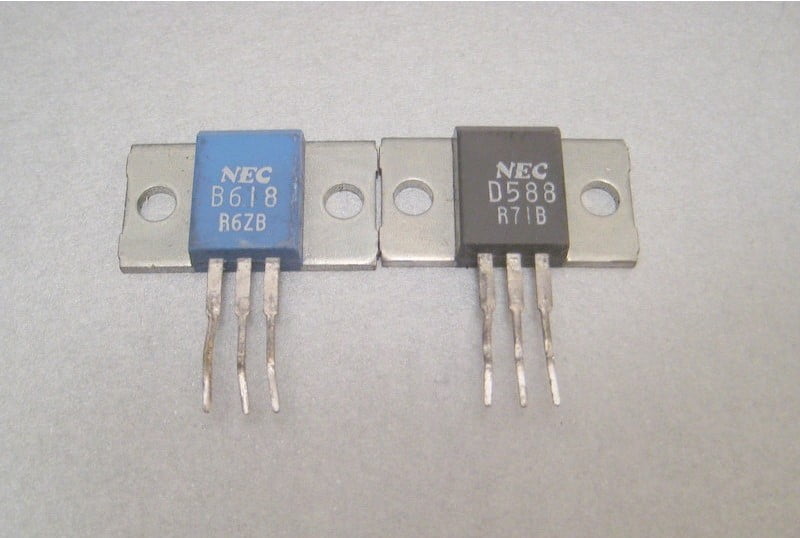
Before you tell me you found NOS XM-20 devices on eBay, let me confirm that those devices from Shenzen, China are not real NEC devices. Let’s hope these don’t fail!
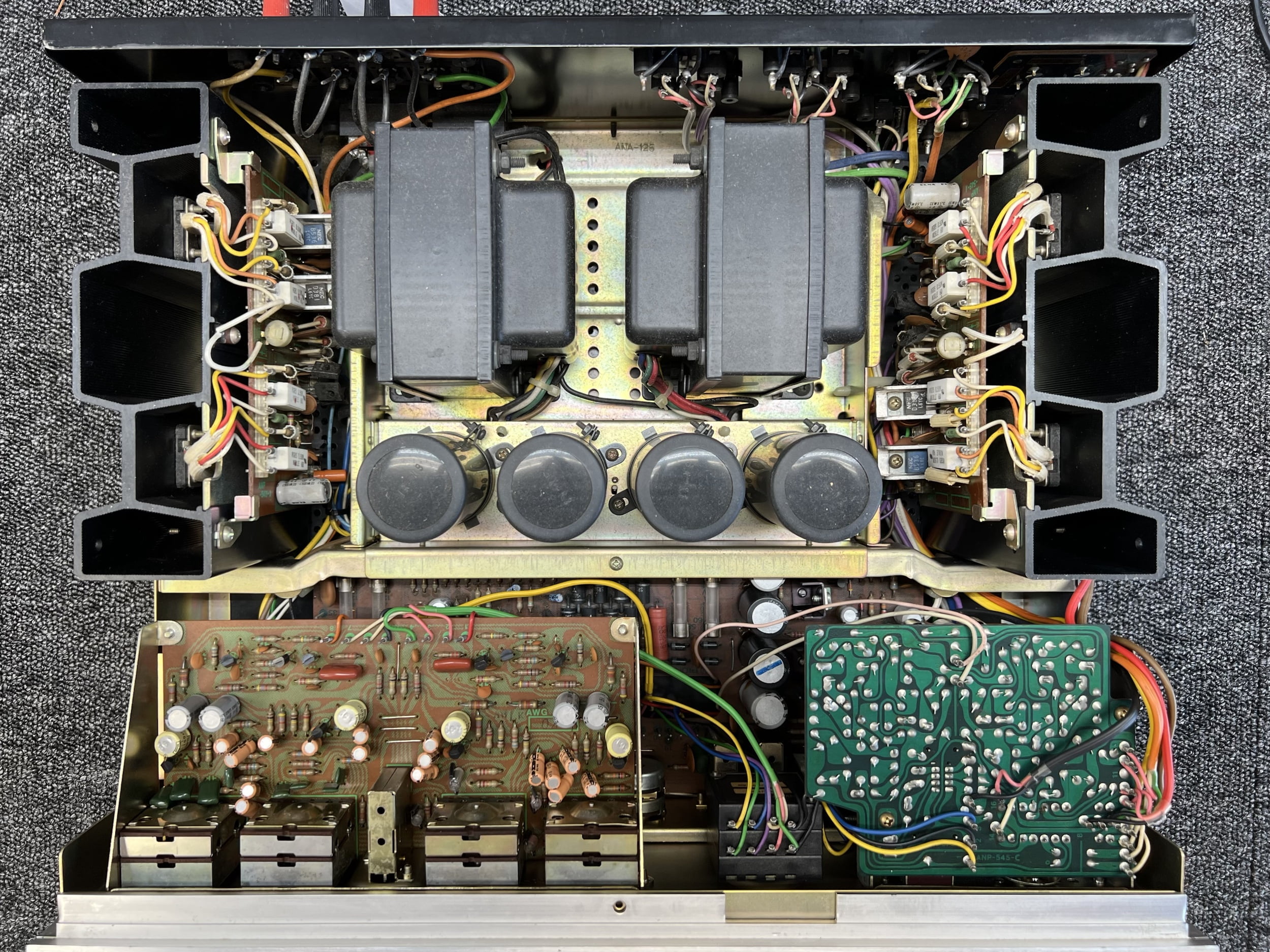
Aesthetically, Pioneer has always done its own thing and I appreciate that. They developed their own unique look and feel and the knobs and switches are a big part of it. They continued that tradition through to their more modern gear in the 1980s and ’90s. Also, I have to mention the gun-metal ‘Hammerite’ paint finish on the case, just gorgeous.
Check out the Audio-Database for more about the wonderful Pioneer SA-8900II.
Pioneer SA-8900II Specifications
Courtesy of HiFi Engine
Power output: 80 watts per channel into 8Ω (stereo)
Frequency response: 5Hz to 50kHz
Input sensitivity: 2.5mV (MM), 150mV (line)
Signal to noise ratio: 75dB (MM), 95dB (line)
Output: 150mV (line), 1V (Pre out)
Speaker load impedance: 4Ω to 16Ω
Dimensions: 420 x 150 x 376mm
Weight: 16.2kg
Year: 1976
Problems
This almost pristine Pioneer SA-8900II came to me via her lovely new owner who’d recently purchased her directly from Japan. He has a collection of some of the very best hi-fi equipment ever made (you won’t believe what he has) and let’s just say he also has a good ear. This SA-8900II was sold to him with a couple of issues and my goal was to resolve those rather than completely overhaul the amplifier in this first stage of work.
The main issues included:
- Audible distortion
- Incorrectly set standing current or ‘bias’
- When the tone circuit was activated, the output dropped by about 20dB in the right channel
- Dry joints, loose fasteners
- Signs someone tried to resolve issues before me, presumably in Japan
Anyway, the situation was definitely not ideal so I was keen to crack into this one. One of the very best things about this SA-8900II though is that it is essentially 100% original. Despite someone trying to resolve this problem previously, they thankfully hadn’t shotgunned everything and this lovely amplifier is pretty much in the condition she came from the factory, plus a little dirt.
As always, you can watch a video about this repair over on our YouTube channel:
Service & Repair
As always with a job like this, we start with data collection through functional testing and measurement and then progress through cleaning, servicing and residual fault tracing and rectification, then lastly adjustment and bench testing. At that point, I send the owner a report and invoice for the work completed, recommendations for further/future work and we go from there.
I’ll make the point that there are no miracles here at Liquid Audio, just a logic-based, scientific approach to fault-finding and equipment improvement. Be wary of any claims of miracles, wherever they may originate!
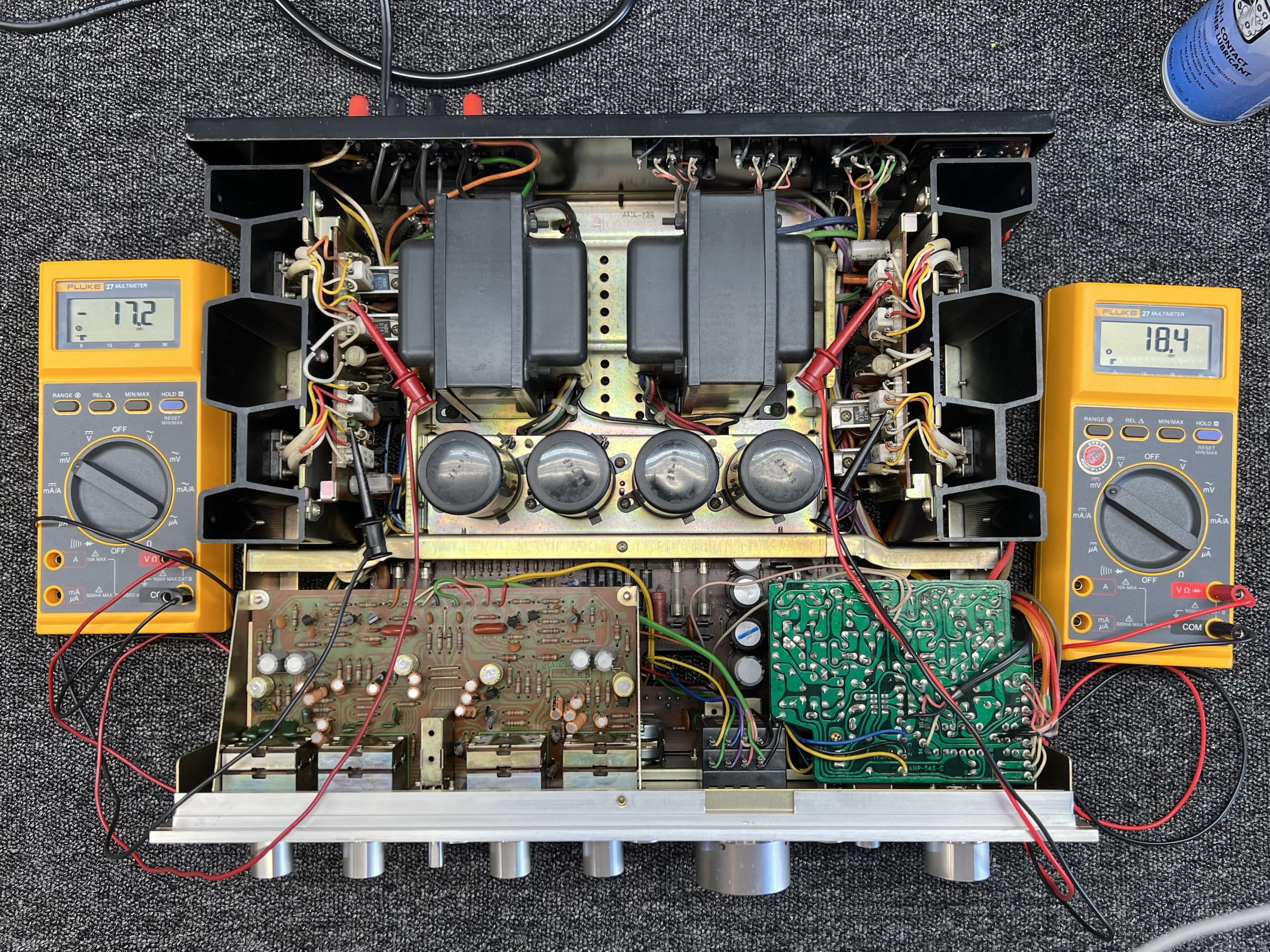
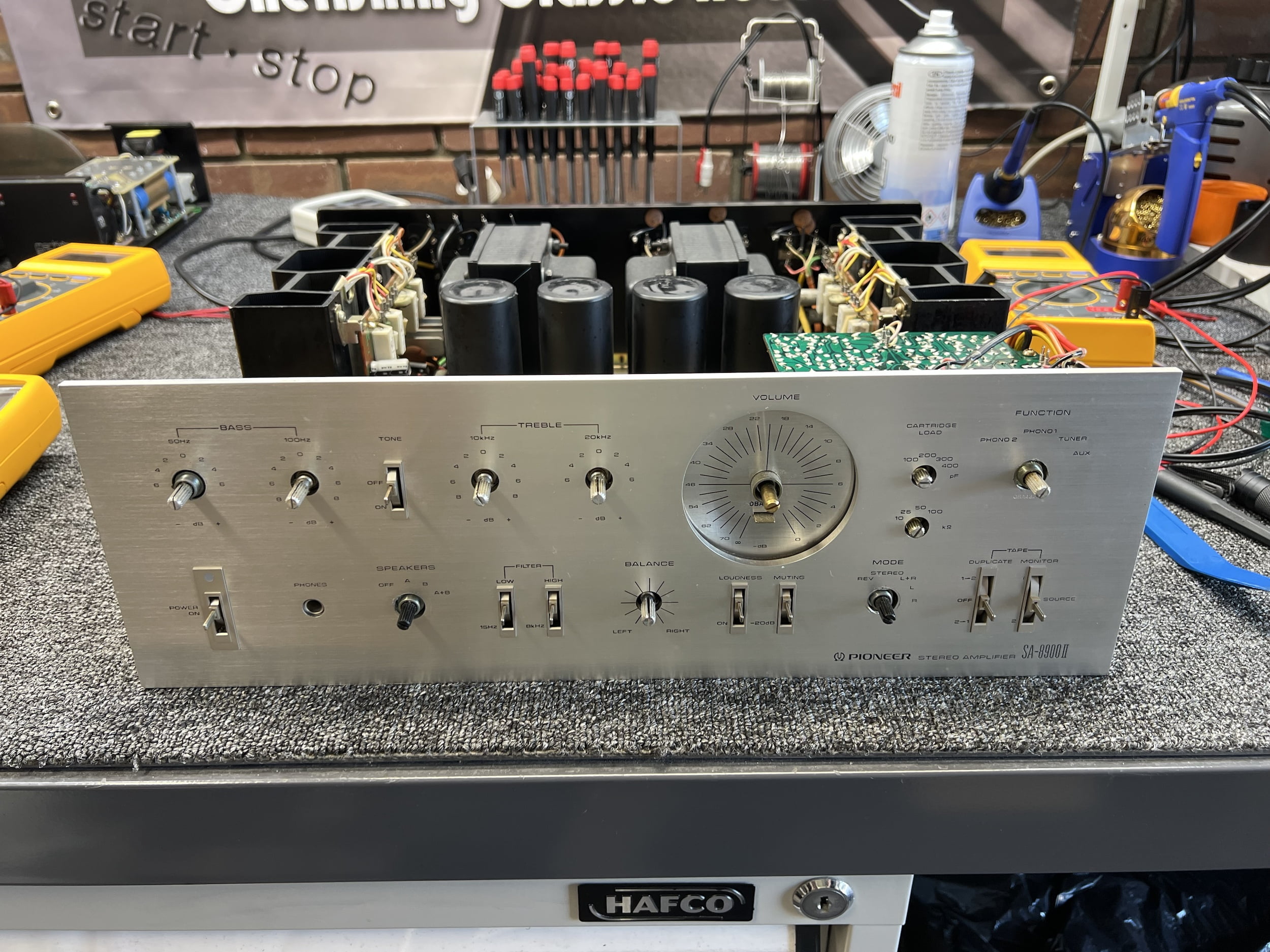
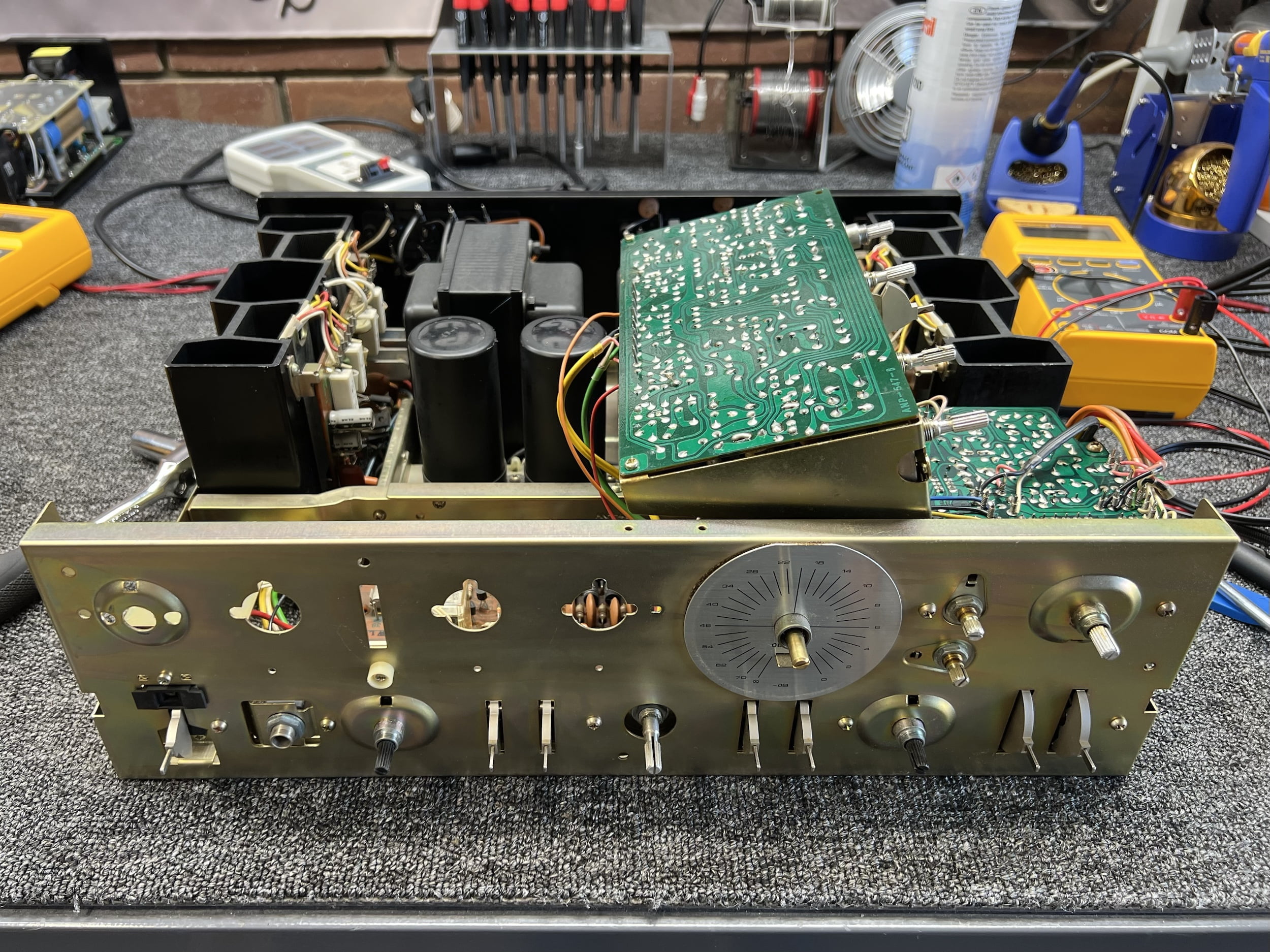
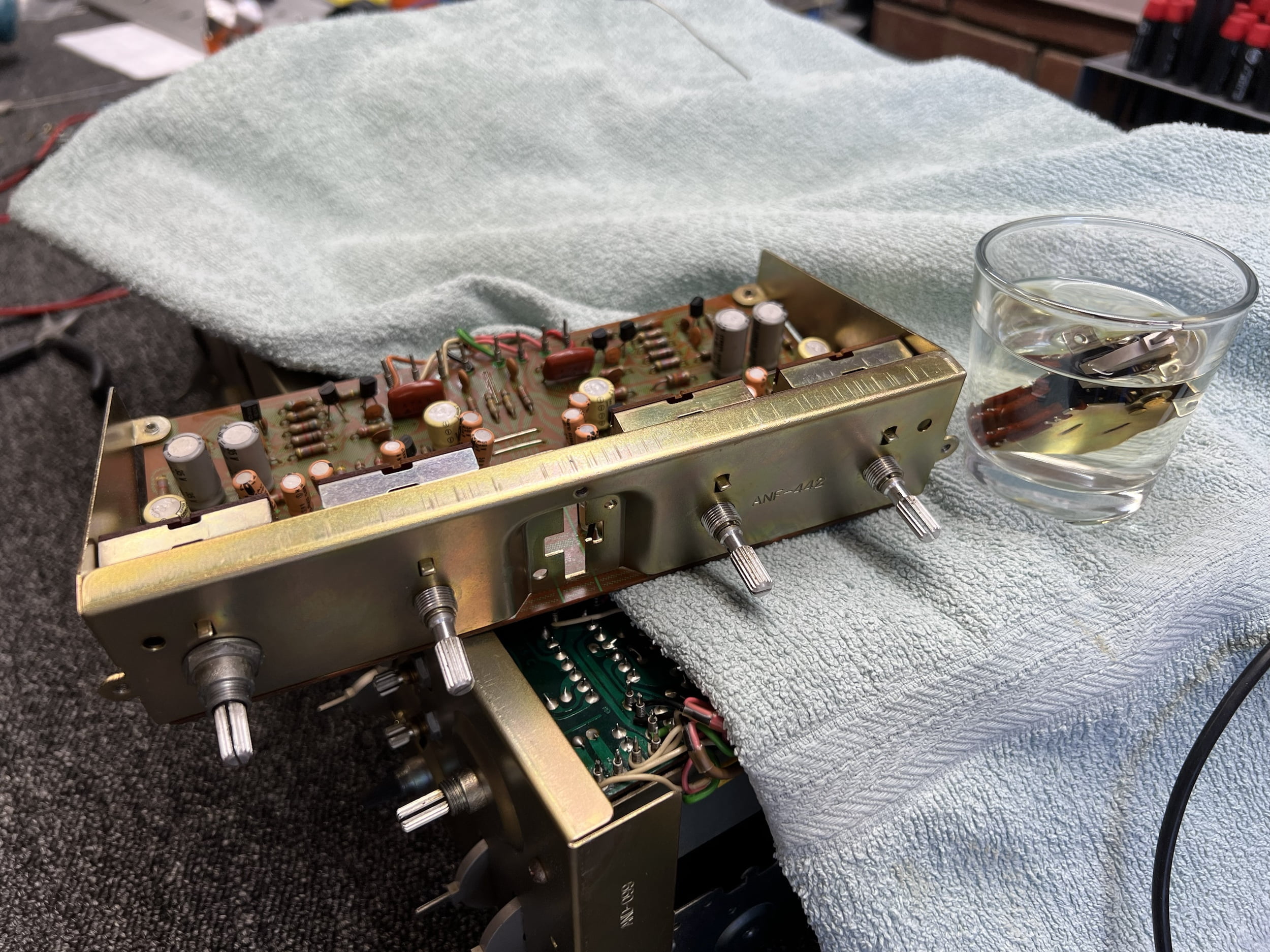
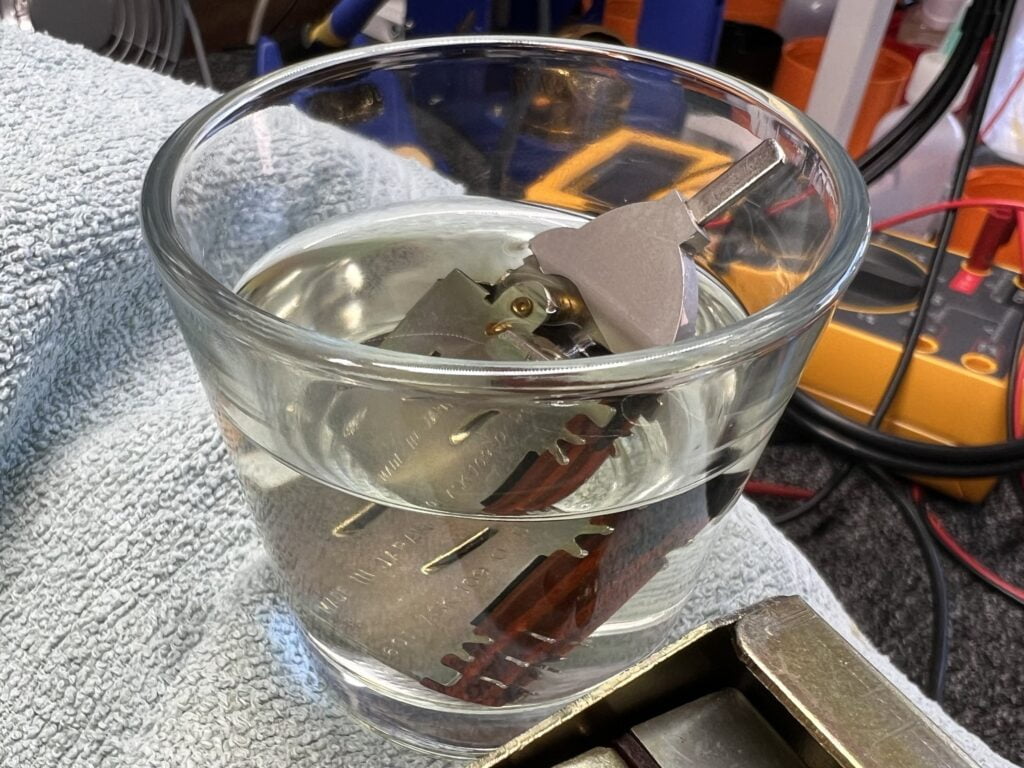
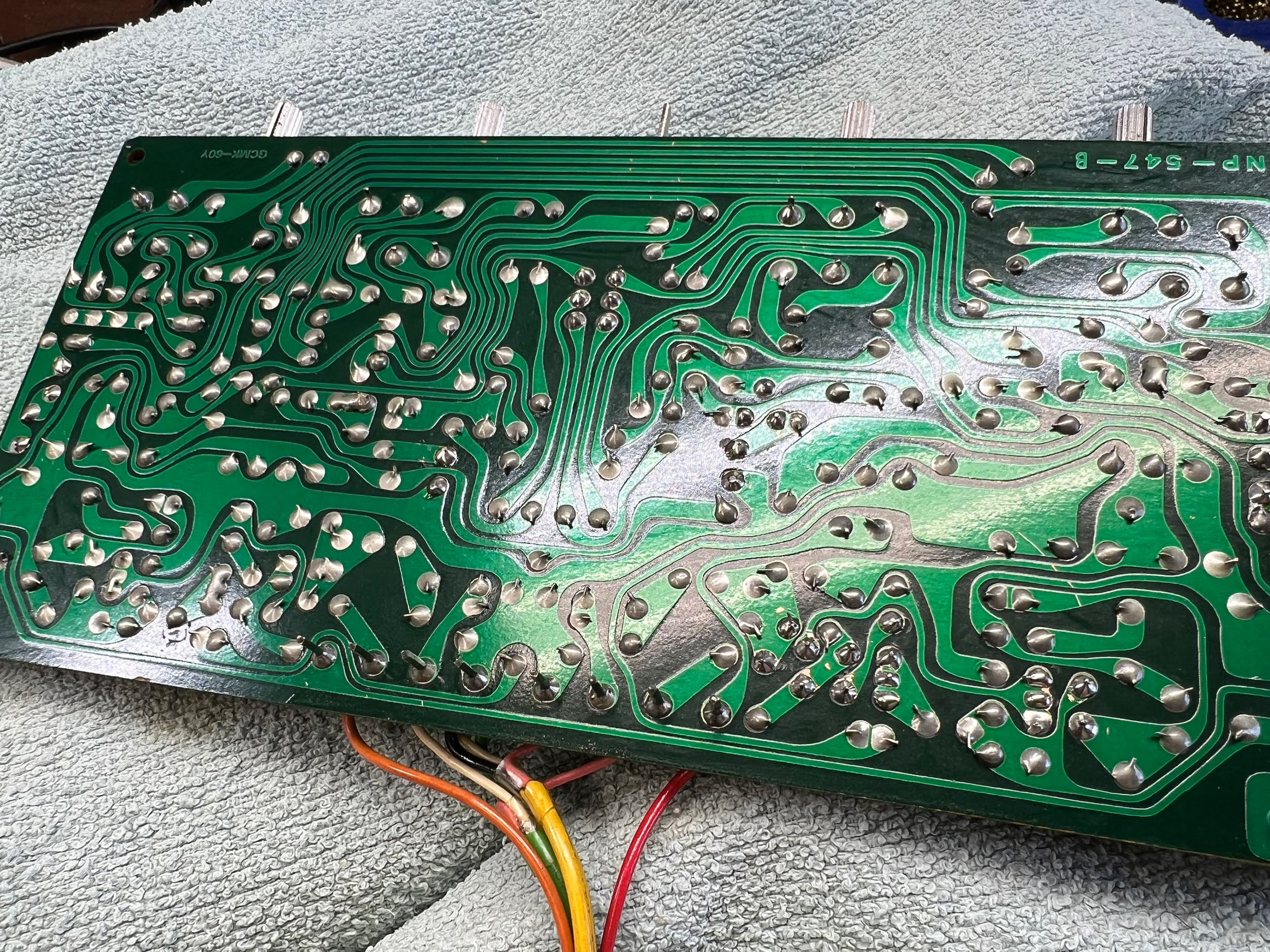
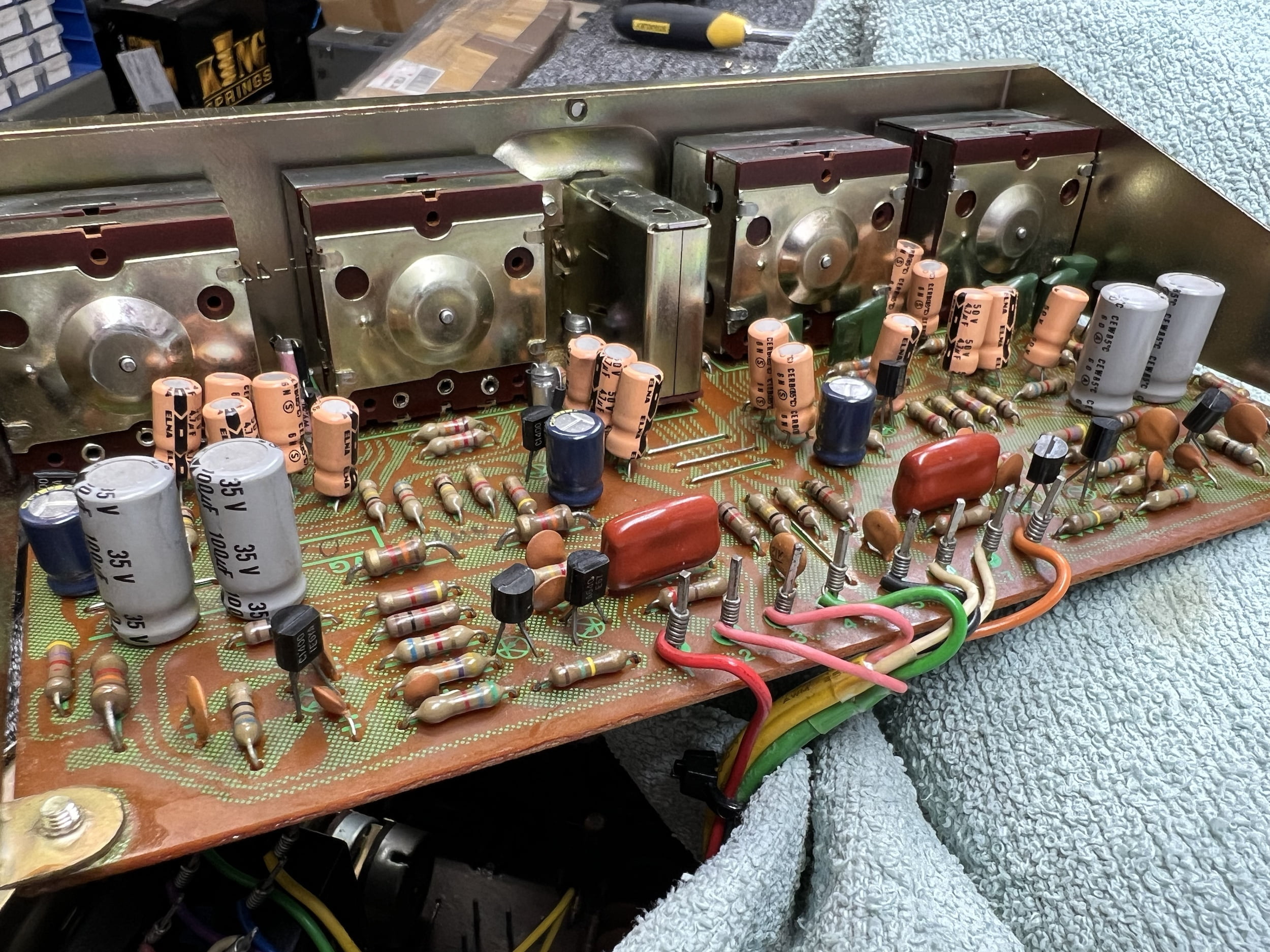
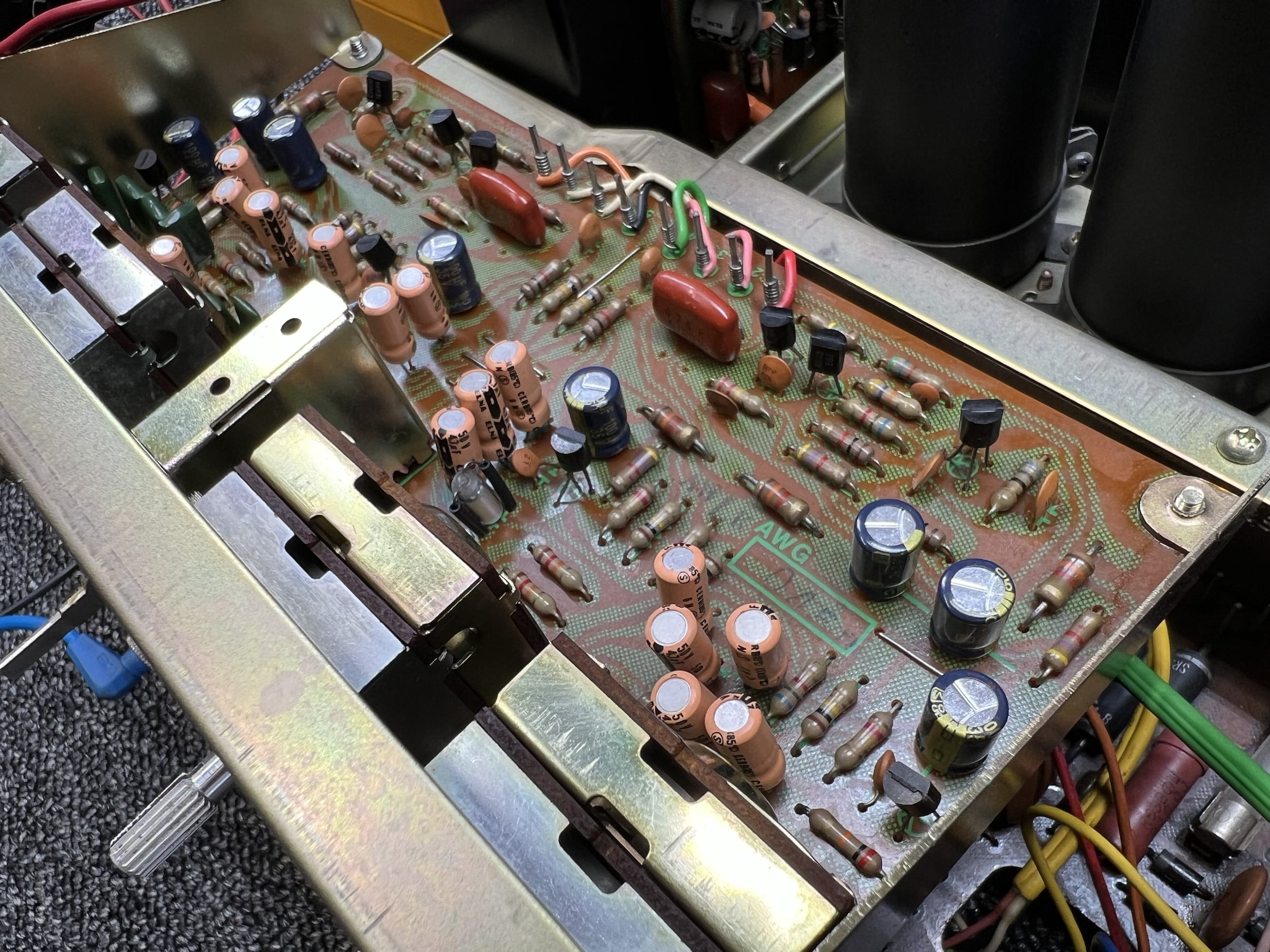
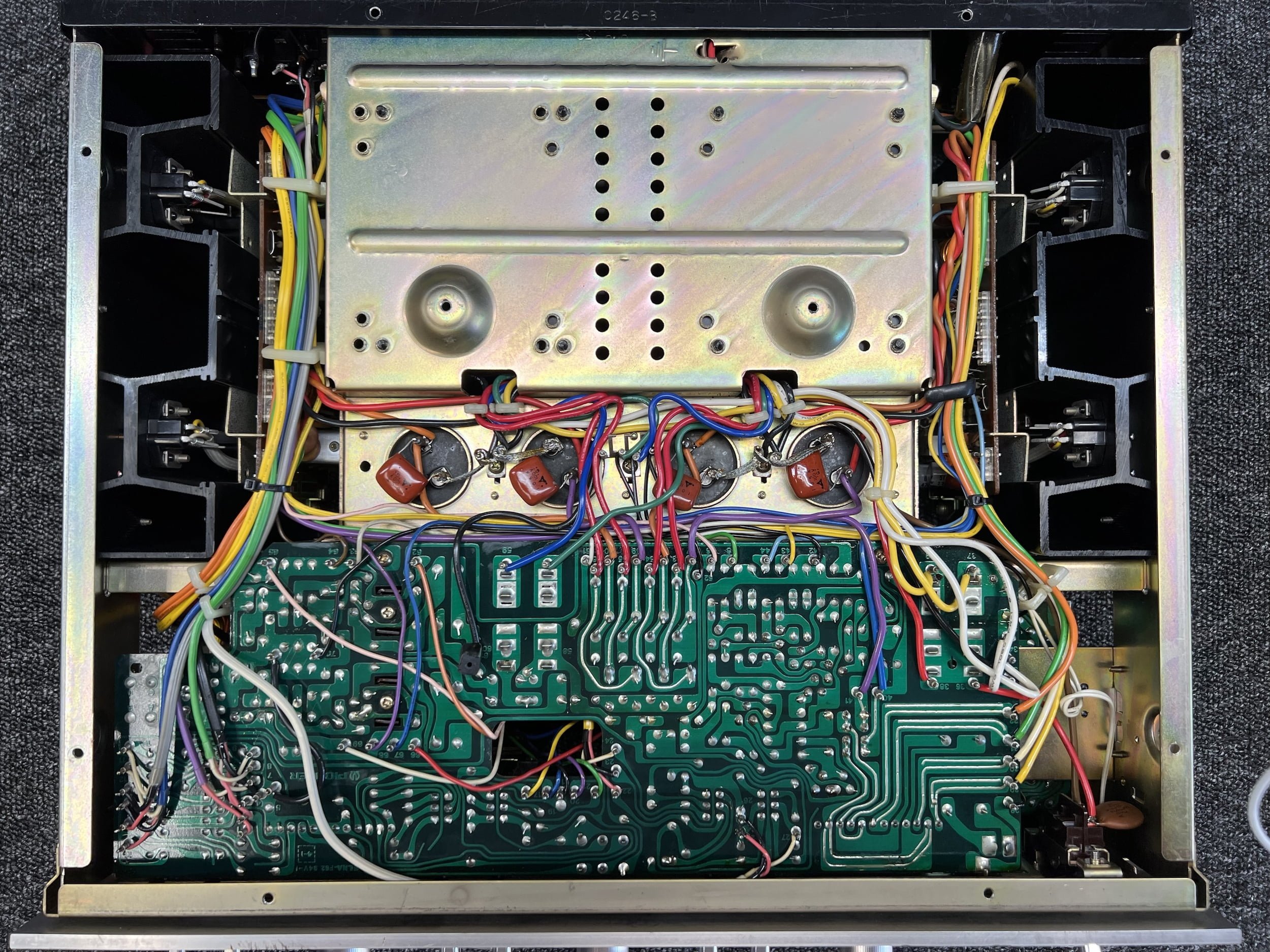

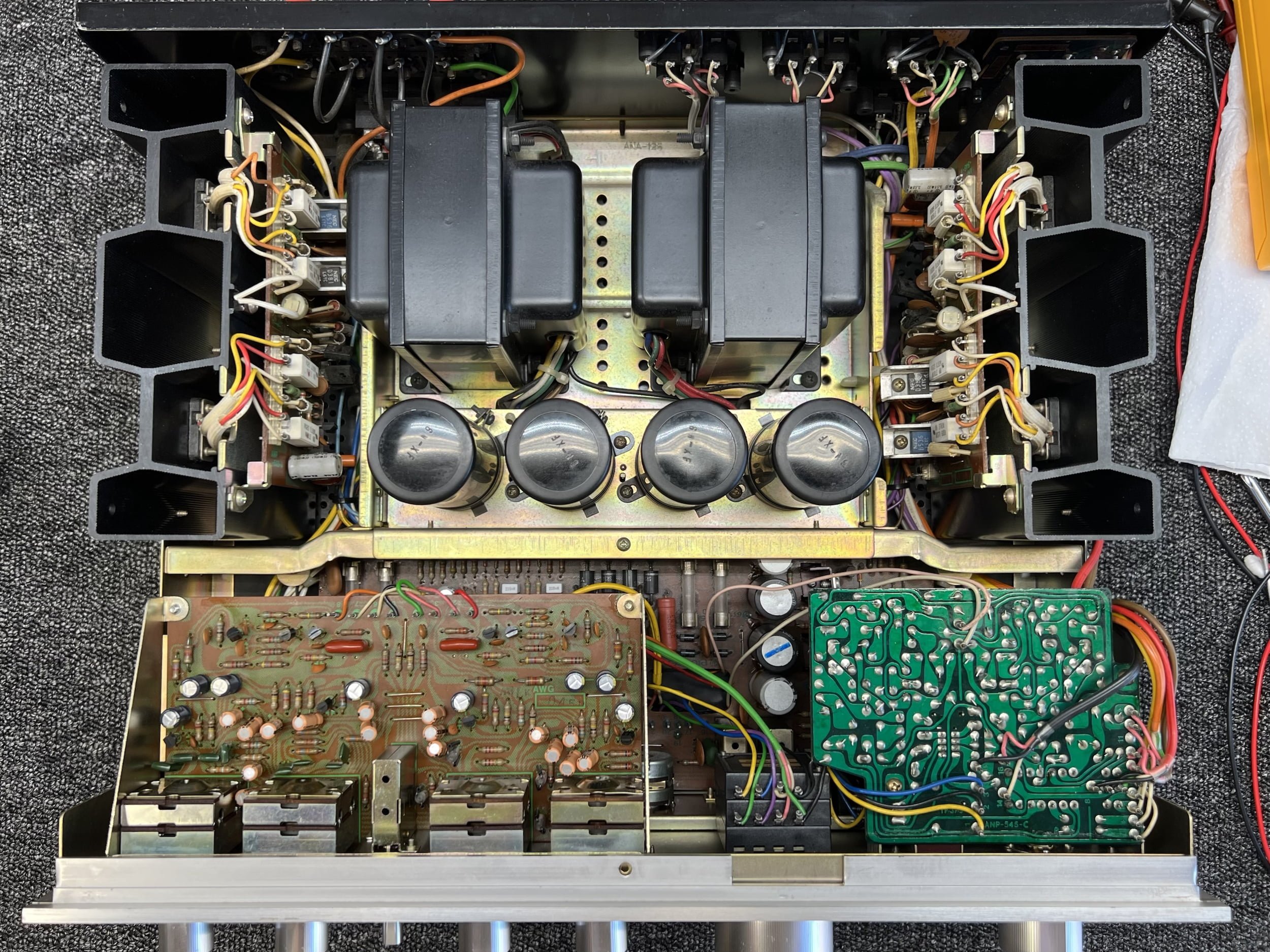
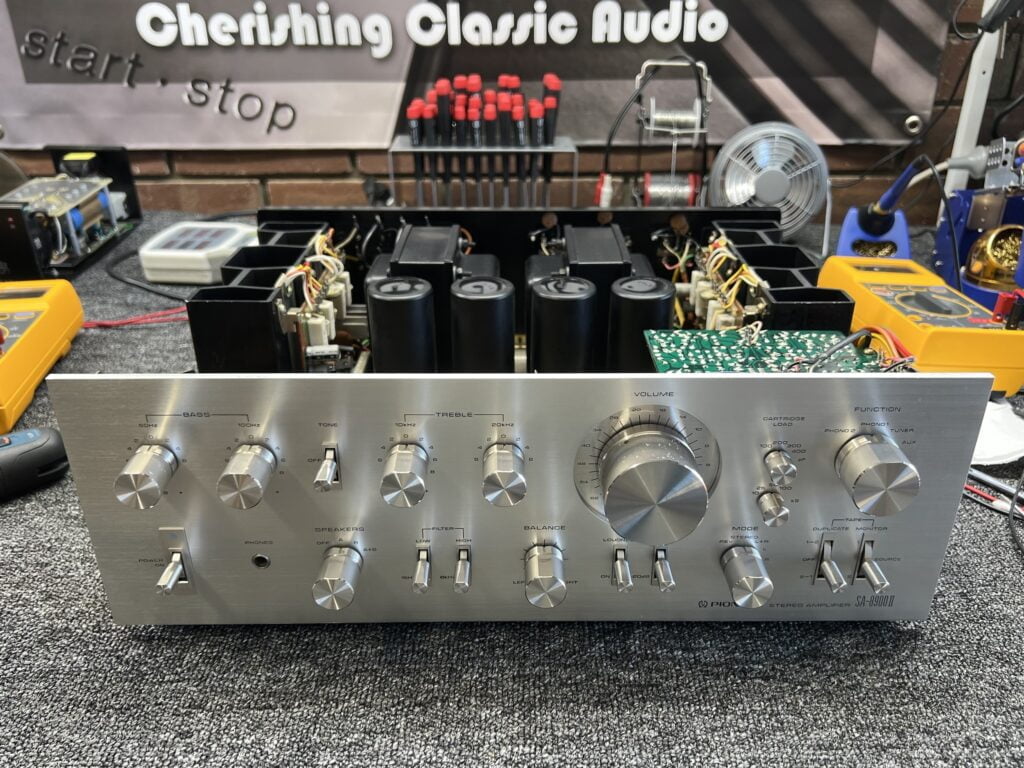
Results
In a nutshell – fantastic! I mean, she’s repaired and running perfectly, she looks much cleaner and sounds absolutely fantastic. There’s a lot to be happy with here, for everyone involved.

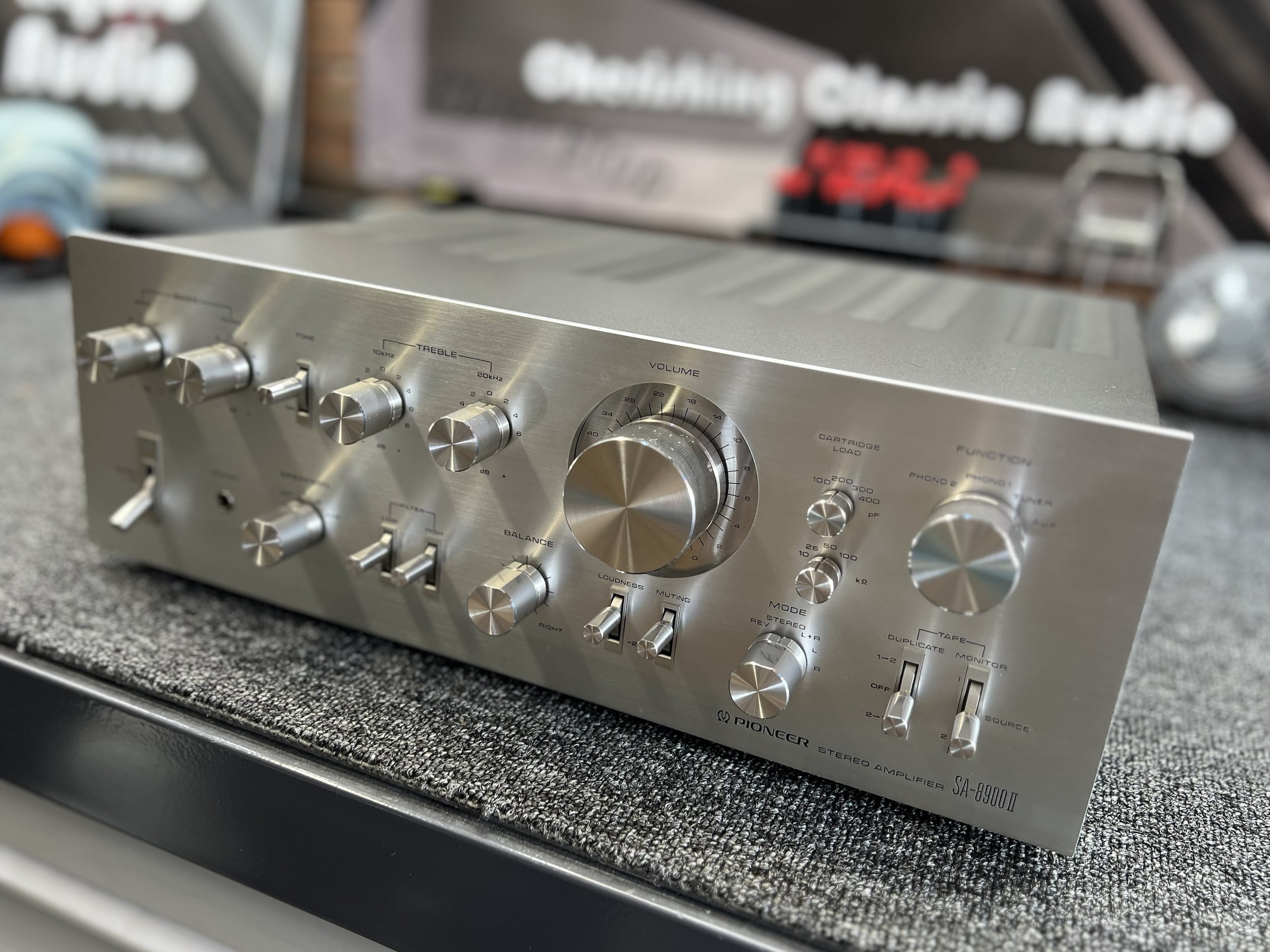
I had a long chat with her owner and this amplifier will come back for further overhaul work at a later time, once he’s had a good chance to listen to her in one of his many systems. Seriously, you wouldn’t believe what this guy owns.
Performance
So I know what you’re wanting to know. How do the Pioneer SA-8900II and Pioneer SA9500II compare with other contemporary amplifiers that people with a grand or two to spend might be considering? Very, very well.
I’ll come straight out and say it: this Pioneer SA-8900II is easily one of the best-sounding integrated amplifiers I’ve heard and worked on. I’ve recently repaired and listened to the Accuphase E-301, Accuphase E-303, Sansui AU-X1, Accuphase E-202, Sansui AU-819/AU-D707 and Technics SU-V8, all somewhat comparable. The Pioneer SA-8900II keeps up with all of them.
I’d say that the Sansui AU-X1, a story on that resto coming soon, is a better-sounding amplifier. But then it’s one of if not the greatest classic integrated amplifiers ever made. The Accuphase E-303 and E-303X would almost certainly beat it, and I marginally prefer the SA-8900II over the SA-9800, so if you want really good bang-per-buck, the SA-8900II or SA-9500II are excellent choices.
Compared to current equipment, well I recently serviced a Marantz PM-8004 KI Pearl Lite and the Pioneer crushes it. I believe the current version of this is the roughly $3000 AUD Marantz PM-8006 and it will be a similar story there I think, too. The Marantz looks lovely of course, but it’s plasticky. I don’t care either way really but it may help you make an informed decision and my readers need this information.
But Mike, it doesn’t have gold-plated RCA connectors, detachable power cable or accept banana plugs..?!
Someone, soon
Nope, and fancy that, it sounds amazing, so there’s that!

The Bottom Line
If you want a vintage-looking, wonderful sounding, fully featured integrated amplifier that won’t break the bank, I think it’s fair to say that, along with many other great choices, the excellent Pioneer SA-8900II or Pioneer SA-9500II should be on your shortlist.
As always, thanks for visiting, and for taking the time to read and share your thoughts. If you enjoyed this article, please like, share and subscribe.
If this article has helped or you’ve just enjoyed it, you are most welcome to make a donation or shout me a drink via the donate button in the footer.
If you like me to look at your wonderful vintage Pioneer amplifier, I’d be happy to. Enquiries via the contact page.
Discover more from LiQUiD AUDiO
Subscribe to get the latest posts sent to your email.

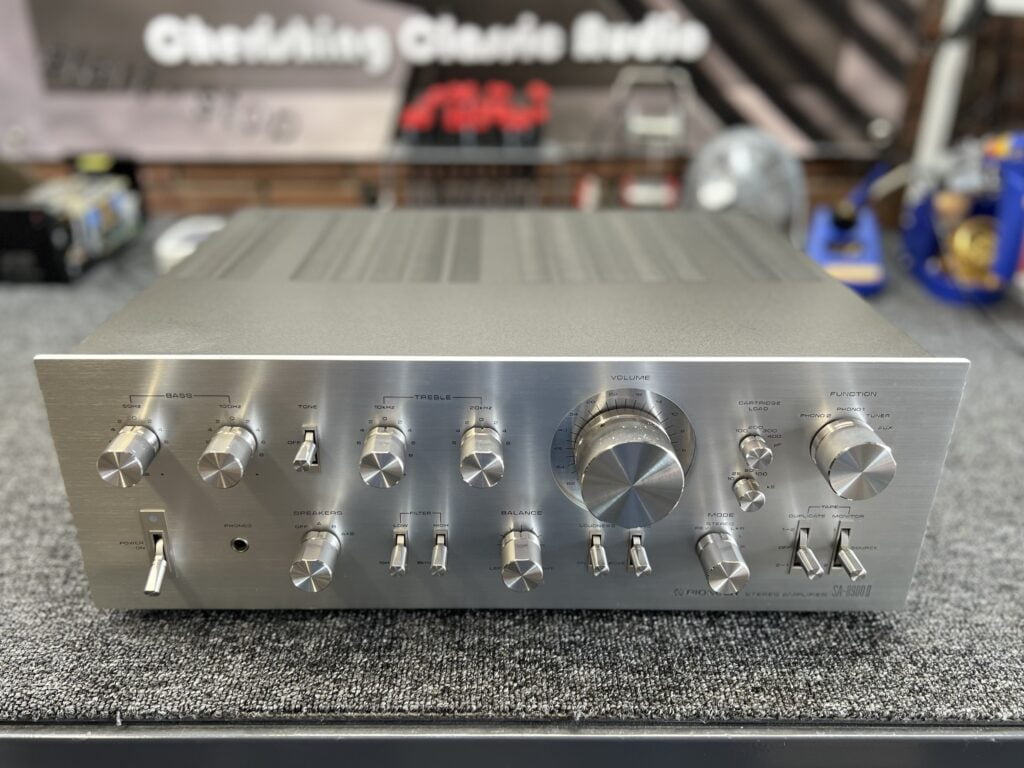

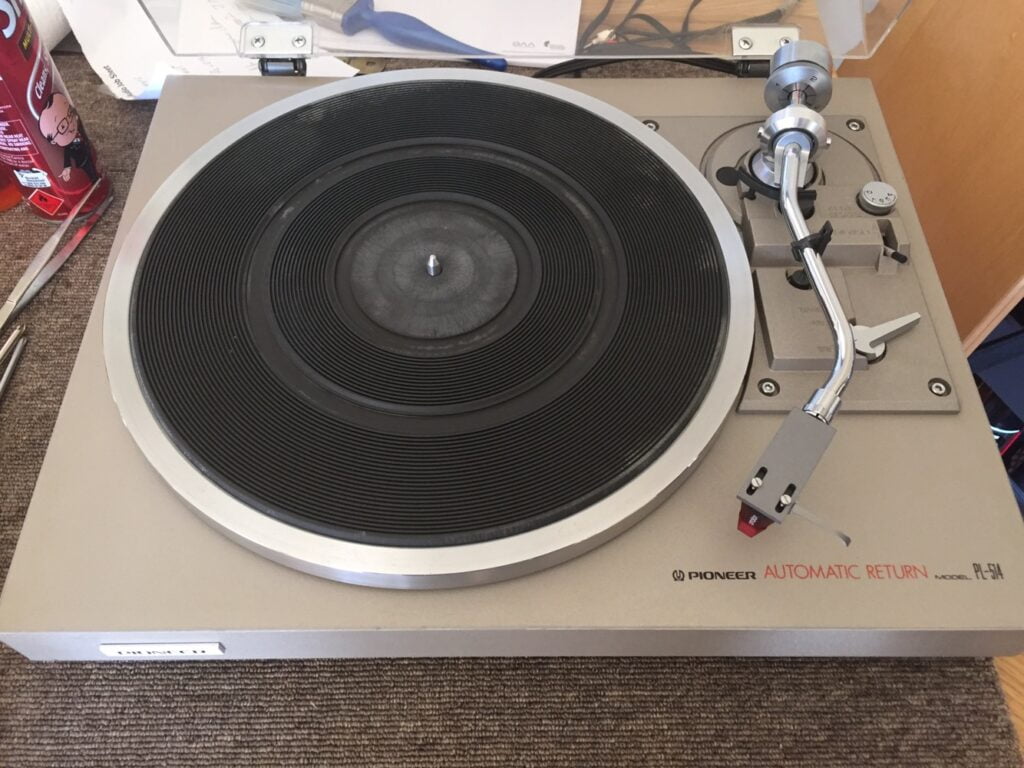
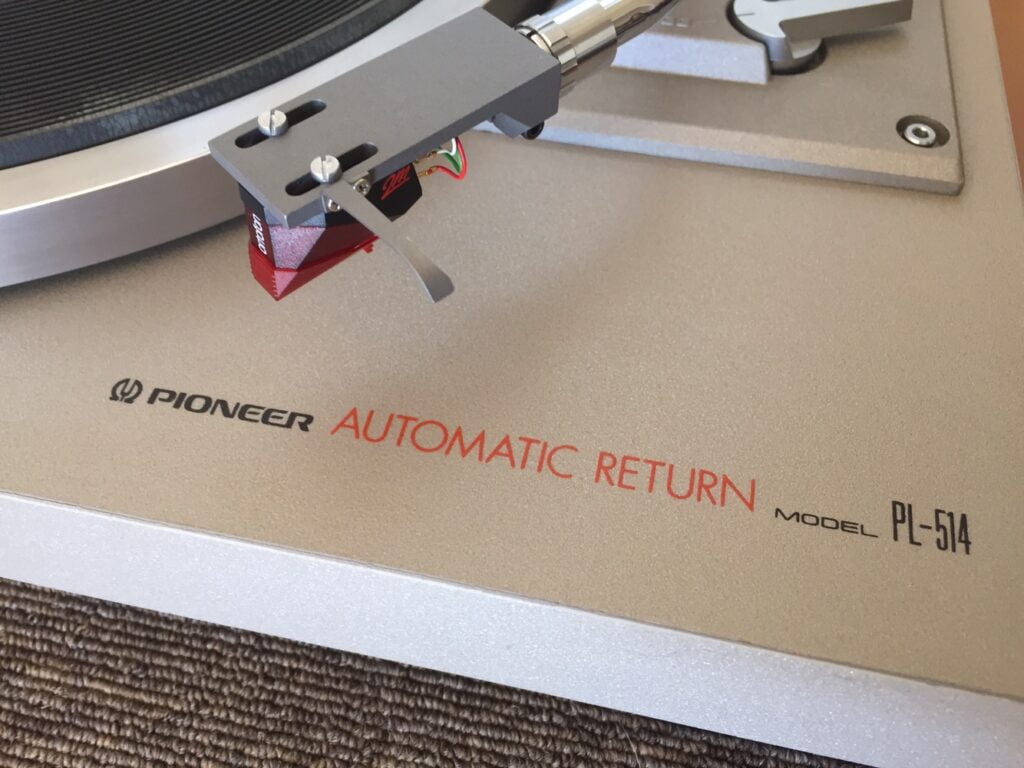

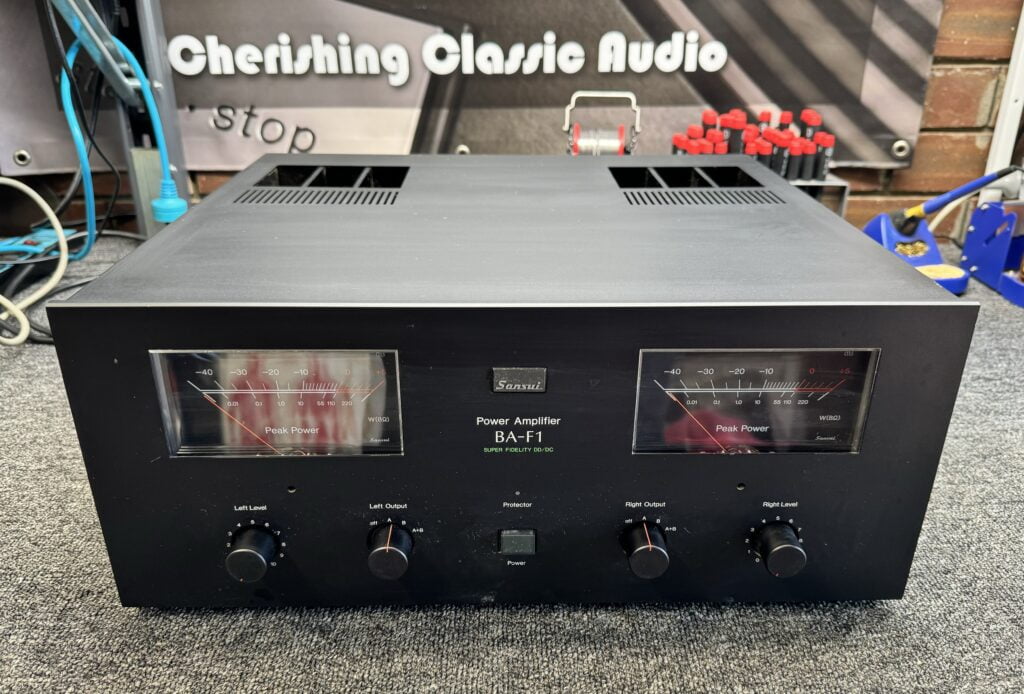
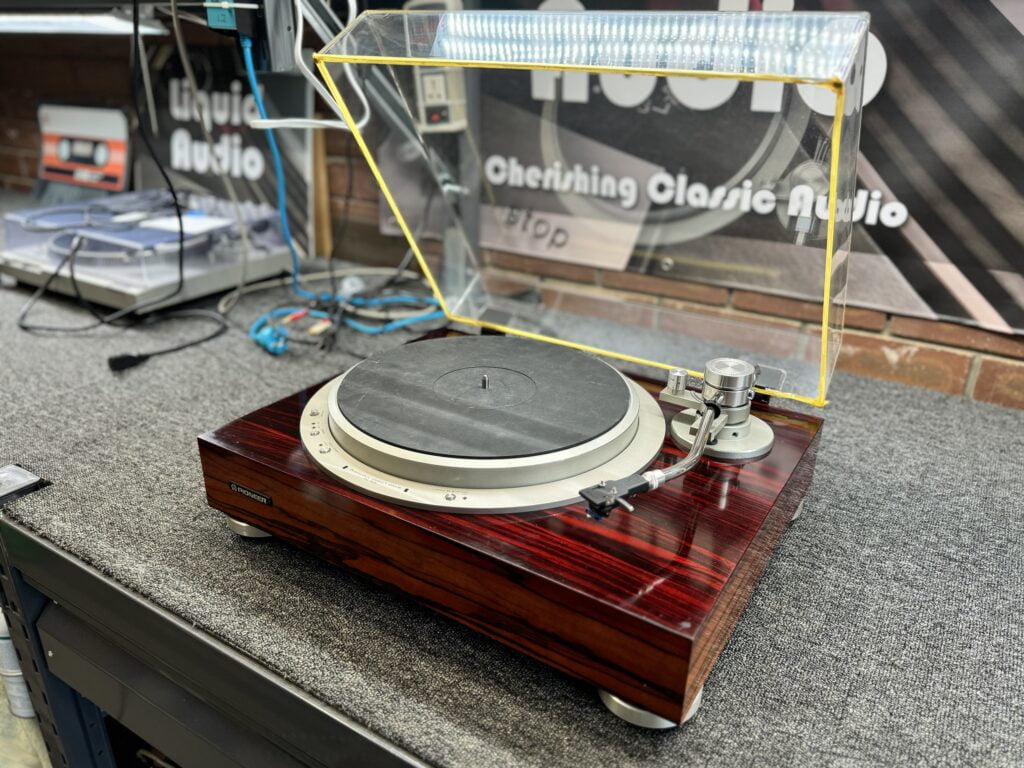

Top job !
I think I’ll be sending over a job for you before too long.
Thank you Ralf, much appreciated!
As always Mike your stories read like a Robert Ludlum thriller, excitement at every paragraph! I am an absolute Jazz piano nut but know very little about the gear (Accuphase E202) that I use to deliver heaven to my ears, your write-ups fill in the missing piece (peace?) for me! Keep it up Mike, brilliant reading!
Hi John, you are too kind, the main thing for me is that people like you are enjoying the articles! Thanks also for the kind donation, very much appreciated, though not necessary.
Mike,
When this amp comes back for an overhaul, how much improvement in sound would there be or is the goal long term reliablility?
Hi Mike, the goal is to achieve both, through strategic parts replacement, general maintenance and attention to areas that are likely to enhance reliability and performance. She’s significantly better sonically after this first visit, but that’s not surprising given the issues noted.
Excellent as always Mike – your skills in-betwixt the text are as near exemplary as your hands on the circuit boards. Now get back to work! 😉
Ha ha, thanks Jon, I don’t feel worthy of such praise, but I’ll take it!
Another fine article MIke! I really dug that oh so shiny after cleaning pic of the greener TC circuit board. It just screams “ready for action”.
Thank you Tim, glad you enjoyed it!
I am so glad I found this website. I own a 10 year old Musical Fidelity headphone amplifier that I love and which still works flawlessly (the interior looks brand new as does the exterior) as well as a similar aged Rego Apollo-R CD player that also works flawlessly. I have had to replace the transport in the Rega twice in the years that I have owned it but to be honest that is close to the limit of my non-existent skills. The thought of replacing caps and other bits and pieces on these multi-layer boards is where I draw the line. So I am glad this equipment will have a place to be serviced so it can give me decades more service. I love the sound of this combo and do not want to buy anything new as I am afraid I will be disappointed compared to what I have.
Thanks Jonathan, really glad to hear you are enjoying the site, and your hi-fi gear!
Hi Mike, I have this amp’s “baby brother” the SA-508 (1979). It was starting to sound dull and had a little mains hum. Replacing the failing smoothing caps and some of the other electrolytics really brought it back to life. It now sounds as good as it looks, even with my cheap-as-chips turntable, OM-10 cart and DVD player. Thanks for your website, I enjoy reading about your repairs… if I had a fraction of your skill I’d be happy!
Hi Kevs, great work there with another Pioneer classic. My pleasure re the site and it sounds like you are doing well there with the refurb work, keep it up!
Gracias Mike por tan excelente artículo. Fue como describir paso a paso una operación de corazón abierto…muy muy descriptiva y con un lenguaje fácil de entender. Tengo un Pioneer A202 de 1993, no es una joya como el de este artículo pero 30 años después me sigue proporcionando una satisfacción total, y funciona muy bien día a día. Creo que ya no tiene nada que probar el tiempo transcurrido es su mejor testigo…tiene casta, tiene ADN Pioneer.
Saludos desde Guatemala.
Translation:
Thank you Mike for such an excellent article. It was like describing step by step an open heart operation… very very descriptive and with an easy-to-understand language. I have a Pioneer A202 from 1993, it is not a jewel like the one in this article but 30 years later it continues to provide me with total satisfaction, and it works very well day by day. I think he no longer has anything to prove the elapsed time, he is his best witness… he has a caste, he has Pioneer DNA.
Greetings from Guatemala.
Greetings Jose and thank you for your kind words, I’m really happy to hear you are still enjoying your lovely A-202!